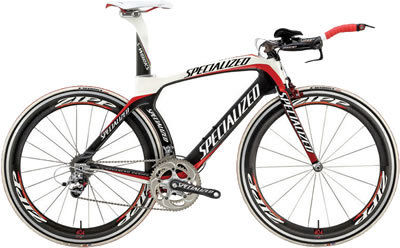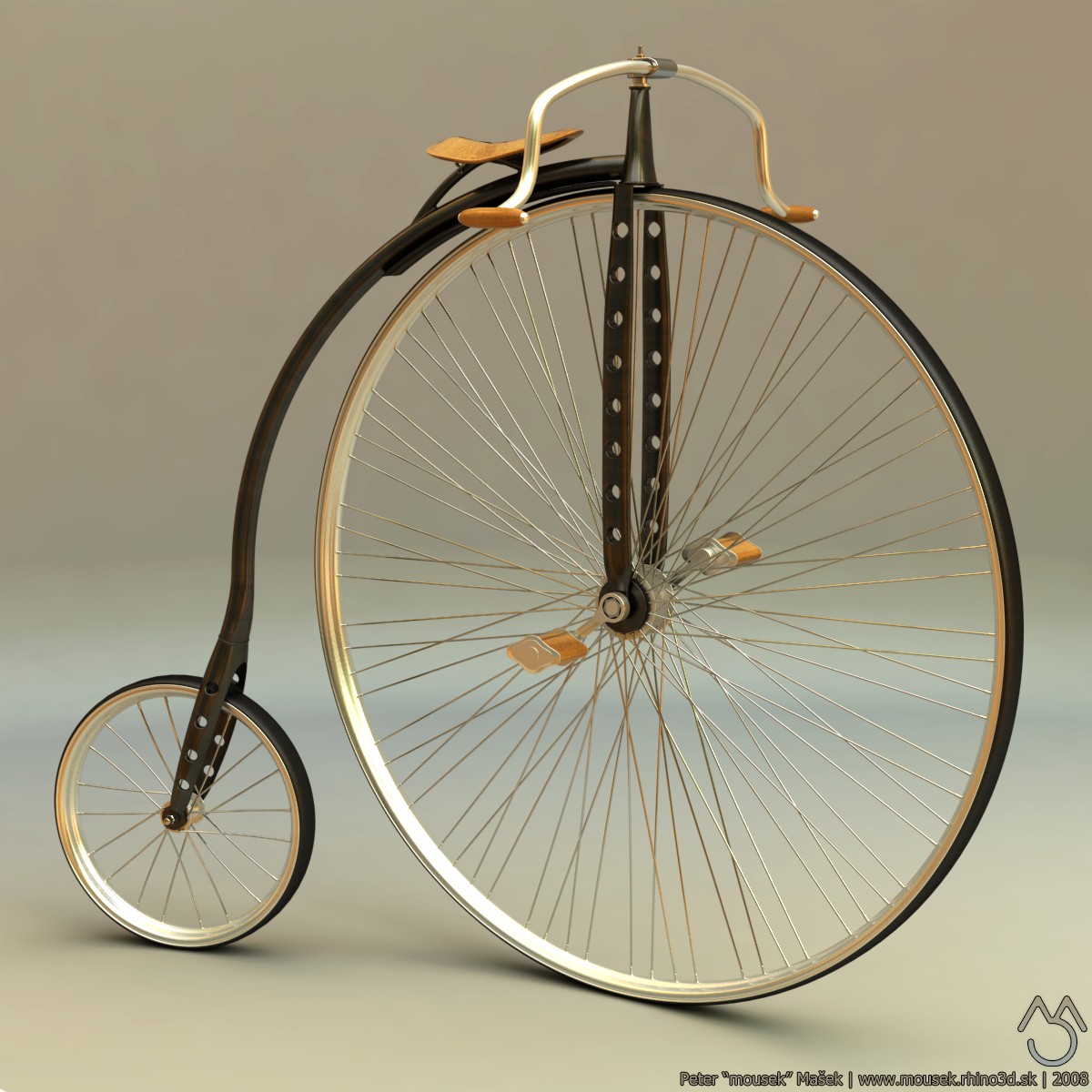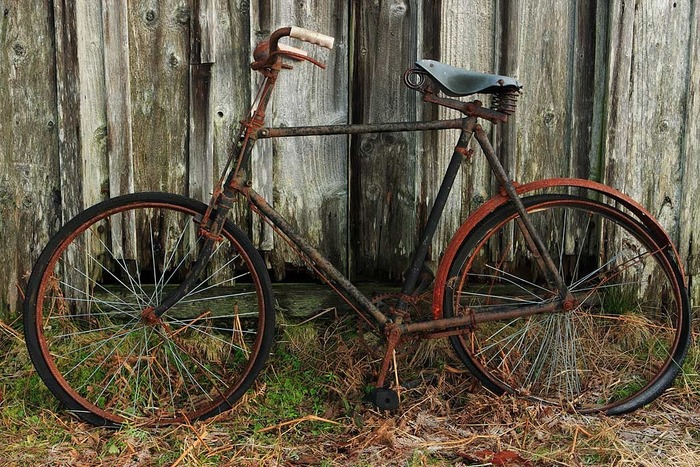

The original bicycle design is an
idea that is still contested. Some claim Leonardo Da Vinci’s
pupil drew the first diagram for the bike, but this claim
seems to be fraudulent (Hudson). It is safe to say that by the
mid 1800’s the basic design of two wheels connected one in
front of the other with some variety of seat was the standard.
People fell in love with this new invention. It made travel
easier for them. Here was a small, portable, one man, self
powered carriage for transportation that many people could
afford.
Jim Hurd, an old curator of The
Bicycle Museum of America explains the evolution of the bike
as fallows. By the mid to late 1800s there was a vast amount
of patents regarding bikes. All of them trying to improve the
basic invention for a variety of consumer needs. The most
successful ideas were implemented, improved and improved
again. “Remember that bicycle
inventions that were successful were rarely the
result of a spontaneous flash of inspiration
by one person. More commonly, they were built on
previous ideas and experiments and no one date or
individual can always be attributed to a particular
design” (Hudson). The long line of changes did not
happen overnight, and the process that has produced
the modern marvel we call racing bikes has an old
ancestry think with years of development.

For example, while climbing a steep
hillside, racers change into a lower gear. By doing this they
can maintain the same work output, but use a considerably less
force to do so. A more detailed and scientific explanation of
how exactly gears lower the required force can be found here.
With the incorporation of multiple
gear bikes the world of bike racing expanded. Now riders had
new abundance of terrain that they could now ride. Steeper
hills were now possible to race up with the mechanical
advantage of the gears.

The modern racing bike is a very
different beast than the original bikes of the 1800s. Though
they look similar in the sense that both have two wheels,
pedals, and handle bars that is about all they have in common.
The racing bikes of today are made from super strong aluminum
alloys, or woven carbon fibers (Walker). These racing machines
weigh only pounds giving the racer an edge while fighting
gravity up climbs.
Furthermore, aerodynamics plays a
role in the creation of these masterpieces. Gone are the days
of the old boxy look. The geometric frames have been replaces
with sweeping curves, and innovative frame designs. Engineers
are constantly trying to make the lightest, most aerodynamic
bike possible but still maintain structural stability. With
new materials and thousands of hours of work the perfect
facing machine is ever adapting to new better forms.